Supply chain impacts from the pandemic and conflicts in Ukraine and the Red Sea make it clear that the United States cannot be overly reliant on foreign sources for critical national defense equipment. Fairbanks Morse Defense is taking steps to bolster the domestic shipbuilding supply chain with acquisitions that ensure a continuous supply of critical components and equipment are available for maritime defense.
“Revitalizing the U.S. shipbuilding industry requires us to adopt a new approach, but we can’t do that if we don’t have control over our national defense supply chain,” said Fairbanks Morse Defense CEO George Whittier. “Through our expansion and acquisitions, Fairbanks Morse Defense is taking steps to ensure unimpeded access to essential marine equipment.”
While traditionally known as an engine manufacturer, Fairbanks Morse Defense has acquired 11 companies since the end of 2020, adding domestically produced motors, valves, water filtration equipment, fans, blowers, electrical system hardware, and more to its product portfolio for U.S. maritime defense customers.
The State of American Shipbuilding
U.S. shipbuilding has declined since the 1980s when Federal policies supporting a robust American shipbuilding industry were abandoned. Of the six U.S. companies manufacturing large medium-speed diesel engines before 1980, Fairbanks Morse Defense is the only remaining domestic producer.
Today, China produces approximately 50% of the world's commercial ships, contrasting starkly with the meager 0.5% produced by the U.S. This economic disparity not only favors China but also provides a substantial reservoir of commercial vessels that could be mobilized to support a naval fleet of 350 ships compared to a U.S. fleet of about 290 vessels. Despite the superior power, capabilities, extremely well-trained sailors, and technology of U.S. vessels, the sheer numerical advantage of the Chinese fleet poses a considerable threat, potentially overwhelming adversaries.
Competing with China requires revitalizing American shipbuilding. This objective poses several big challenges, but no solutions can be pursued without domestic control of the supply chain.
Many voices in the industry believe that securing foreign-made parts is the only way to get their job done on time and within budget. In some cases, there have not been any choices. According to the Naval Supply Systems Command, 20% of defense sector suppliers left the industry from 2015 to 2020 due to supply chain, economic, and labor challenges, with few new U.S. companies to replace them. Many of these vendors were small-to-mid-sized companies that provided essential “niche” parts or services to the military and shipbuilders that could not be procured from another domestic supplier.
Fairbanks Morse Defense’s acquisitions of small-to-mid-sized companies such as American Fan and Maxim Watermakers are just a few examples of how the defense contractor is stepping in to preserve the domestic supply chain by ensuring these vendors continue providing products and services for national defense.
Reshoring American Manufacturing
Spurred by trade policies that view China as an adversary rather than a peer, larger companies are drawing their resources out of Asia and bringing them back to the U.S. In some instances, the U.S. has incentivized this reshoring, such as with the CHIPS Act. “Buy America” provisions in the National Defense Authorization Act also send a demand signal to the industry that would encourage reshoring of critical military equipment.
Even with incentives and “Made in the USA” trade policies, reshoring requires a massive amount of infrastructure investment. Exploring the regulations around domestic manufacturing capabilities and considering tax and other incentives to support domestic onshoring as a complement to Defense Production Act grantmaking would provide much-needed financial support for these companies to bring their manufacturing back to the U.S.
Technology and the Supply Chain
Leveraging technology is yet another way of controlling the domestic supply chain. In the case of U.S. shipbuilding, casting stands out as one of the biggest constraints. China is the world’s leading producer of castings, producing more than the combined total output of the next seven countries and five times more than the U.S.
Through Hunt Valve, Fairbanks Morse Defense is working with the Maritime Sustainment Technology and Innovation Consortium (MSTIC) to develop the first 3D-printed valve assembly to be installed in a U.S. submarine. The process reduces production time by two-thirds and eliminates the challenges of casting. Fairbanks Morse Defense's acquisition of AMMCON provides the defense contractor with this infrastructure for fittings.
Highlighted FMD Acquisitions
- AMMCON – Fittings and assembled components
- American Fan – Fans and blowers
- Federal Equipment Company (FEC) – Cranes, specialized material handling
- Hunt Valve – Actuators and valves
- Maxim Watermakers – Water treatment and purification
- Research Tool & Die (RT&D) – Electrical systems hardware
- Samtan Engineering – Electrical systems hardware
- Ward Leonard – Controllers and motors
Learn more about how Fairbanks Morse Defense is reshaping the U.S. shipbuilding supply chain by visiting booth #527 during the Navy League’s Sea-Air-Space April 8-10, 2024, at the Gaylord National Resort and Convention Center in National Harbor, Maryland.


